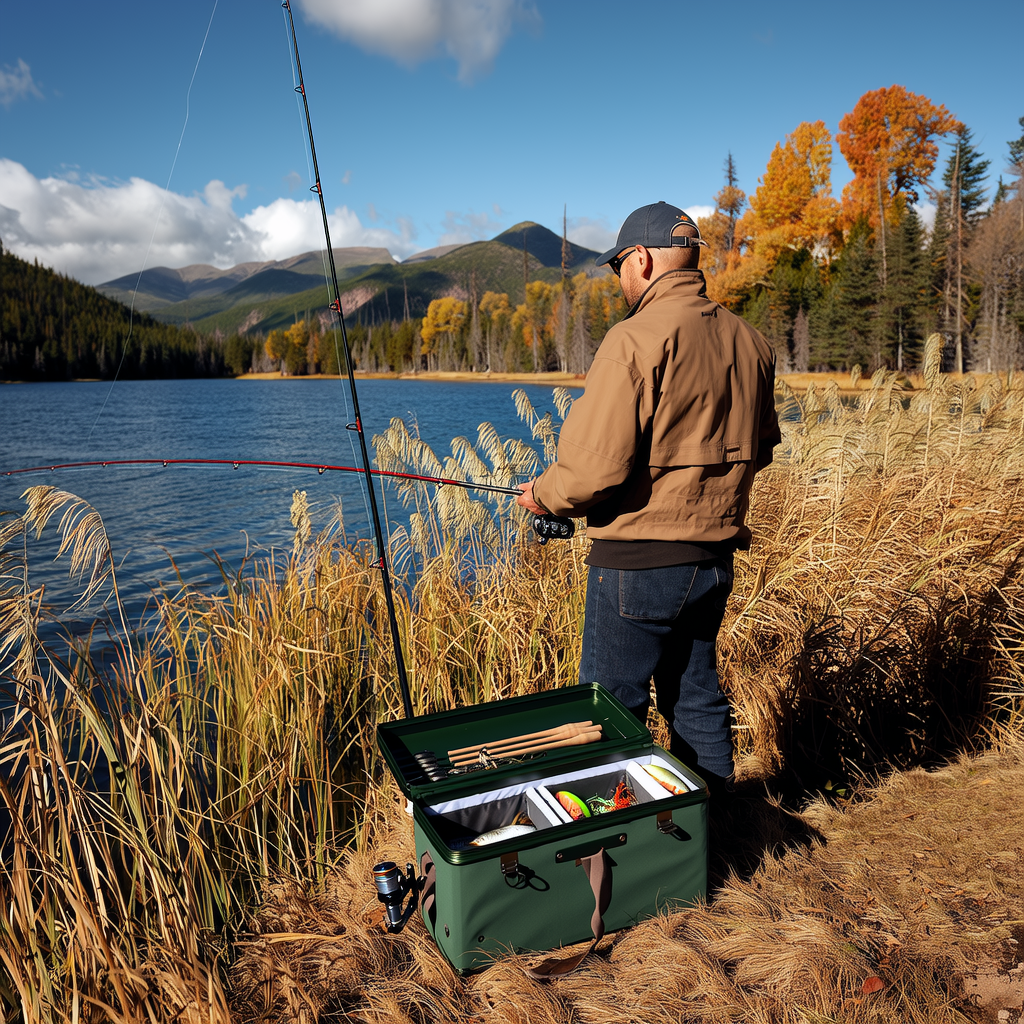Habitat and Distribution
The cusk is a fish species that belongs to cod family. Its scientific name is Brosme Brosme. It is found primarily in the North Atlantic Ocean from Greenland to Massachusetts in the United States.
It is usually found between 100 and 1,000 meters deep. It lives in rocky bottoms, subaquatic canyons, and other areas with structures for cover.
Despite its widespread distribution, the cusk has seen a decline in population due to overfishing. Conservation efforts are being made to protect and sustain cusk populations.
Description and Characteristics
The cusk is elongated and has a thin body. Its length can range from 30 to 150 centimeters. It has a brownish-green coloration, with a pale belly. The skin is smooth, covered with small scales.
The cusk’s large mouth can extend beyond the eyes. It has sharp teeth that are adapted to feed on a variety of prey. The fish has a single dorsal and pelvic fins that are located closer to the tail.
The lifespan of mature cusk individuals is 16-20 years. They reach sexual maturity between the ages of 4 and 6 years depending on their size, environment, and other factors.
Diet and Feeding Behaviour
Cusk feeds primarily on other fish such as herrings, capelins, cods, and shrimps. It is a predator that uses its keen sense of smell and vision to find its prey. Cusk is a known active hunter who lies in wait for unwary prey to come into striking distance.
Cusks eat a lot of fish but they may also eat cephalopods and crabs as well as other invertebrates. Cusk’s feeding behavior is influenced by the availability of prey. It can also adapt its diet to the food sources available in its habitat.
Reproduction and Life Cycle
Cusks exhibit sexual dimorphism. Males are usually smaller than females. During the breeding period, which usually occurs between late winter and early spring, mature cusk migrate into shallower water. They gather in large groups, called spawning aggregates.
The males fertilize the eggs externally. The fertilized, buoyant eggs float near the water surface. After a few days, the fertilized eggs hatch into transparent larvae that drift with ocean currents.
As they grow, the larvae go through various developmental stages and eventually resemble adult cusks. The young fish settle on the seafloor and begin their independent lives.
Fishing Techniques
Cusk fishing has become popular among recreational fishermen due to its delicious meat and challenging nature. Cusk can be caught using a variety of techniques, including jigging and artificial lures.
It is important to find the right fishing grounds to target cusk. Cusk are known to be found in deepwater canyons, rocky areas and wrecks. Fish finders and depth-sounders can help you locate potential fishing spots.
Jigging is one of the most common techniques used to catch cusk. Anglers drop heavy lures on the seafloor, then jig up and down in order to attract fish. Cusk have been known to strike the lure as it moves upward.
Tackle and Equipment
To handle the cusks’ size and strength, it is best to use a rod and reel combination that is sturdy. Cusk fishing requires a medium-to-heavy-action rod and a high-quality, smooth-drag reel.
Braided fishing line is commonly used because of its strength and sensitivity. This allows anglers to feel subtle bites from the cusk. To reduce line visibility and to prevent break-offs, it is recommended that you add a fluorocarbon or monofilament leader.
Cusk is targeted with a variety of heavy jigs ranging in weight from 8 to 16 ounces. These jigs have sharp hooks and are often decorated with colorful materials in order to attract the attention of the fish. In low-light conditions, jigs that glow in the dark or are UV-enhanced can be effective.
Regulations and Conservation
Regulations have been implemented due to concerns over overfishing and declining population. To ensure the sustainability of cusk, measures such as harvest limits, size restrictions and closed seasons have been implemented.
Anglers and commercial fisherman must be aware of the local fishing regulations, and follow them. This will ensure the long-term viability and balance of the marine ecosystem.
Conclusion
Cusk is a fascinating species of fish found in the North Atlantic Ocean. It has unique characteristics and a delectable flavor. Understanding its habitat, behaviour, diet, and fishery techniques will not only enhance the enjoyment of recreational fishermen, but also support conservation efforts to protect this valuable natural resource.
We can ensure that cusk will be available for future generations by adopting sustainable fishing methods and respecting the regulations. Explore the world of the cusk, and embark on an exciting fishing adventure to experience catching this amazing fish.




